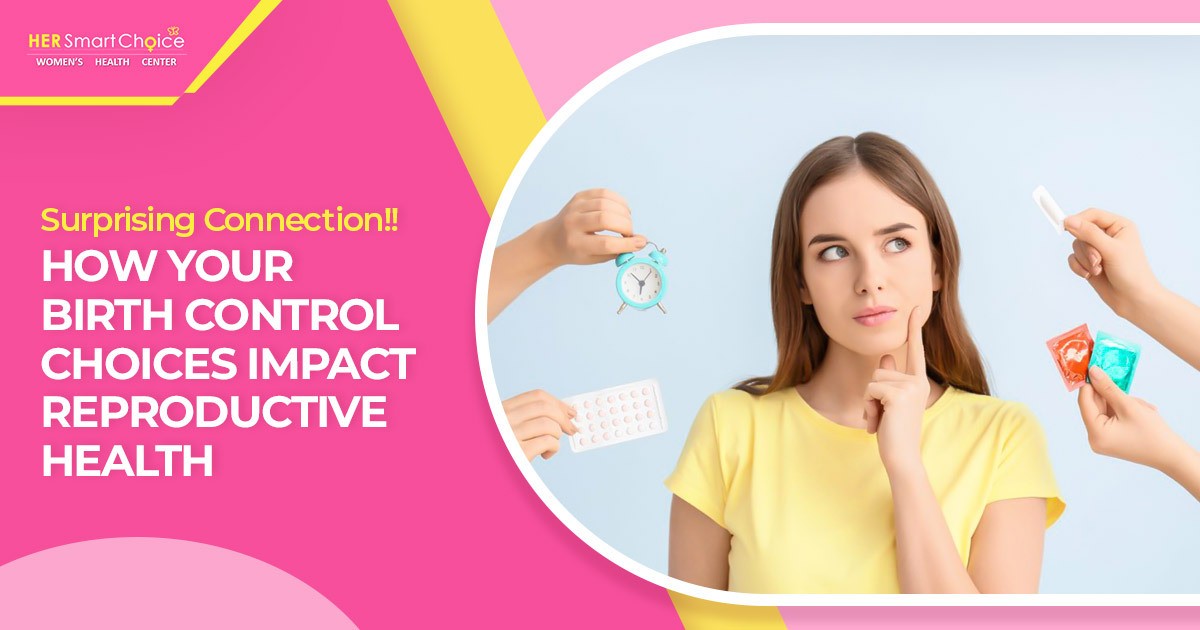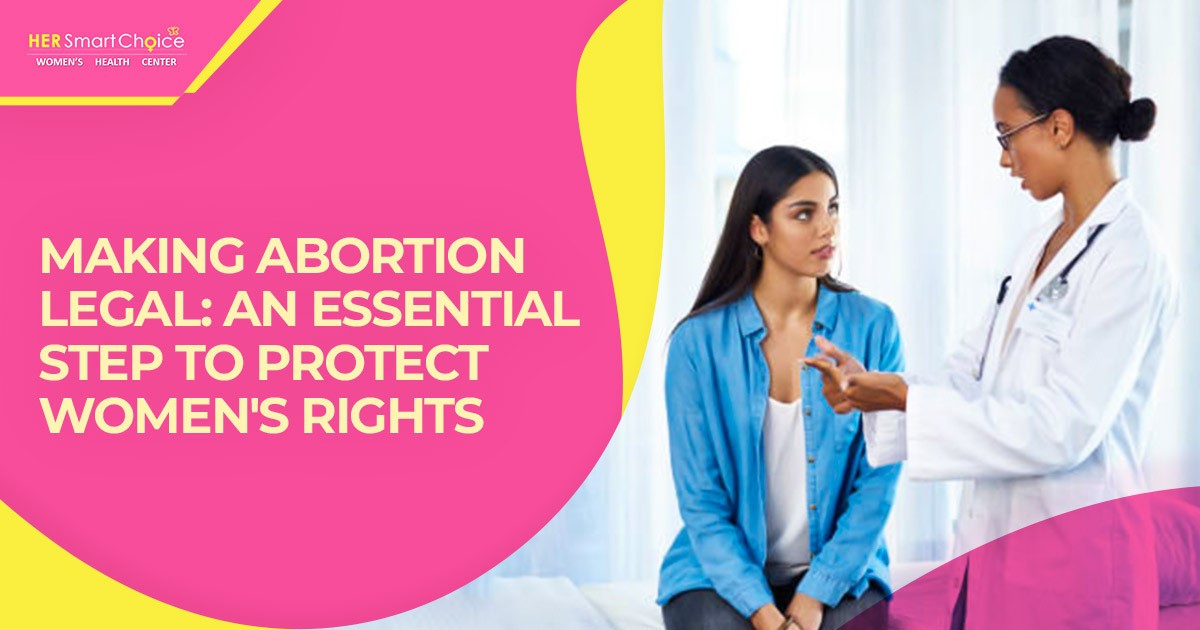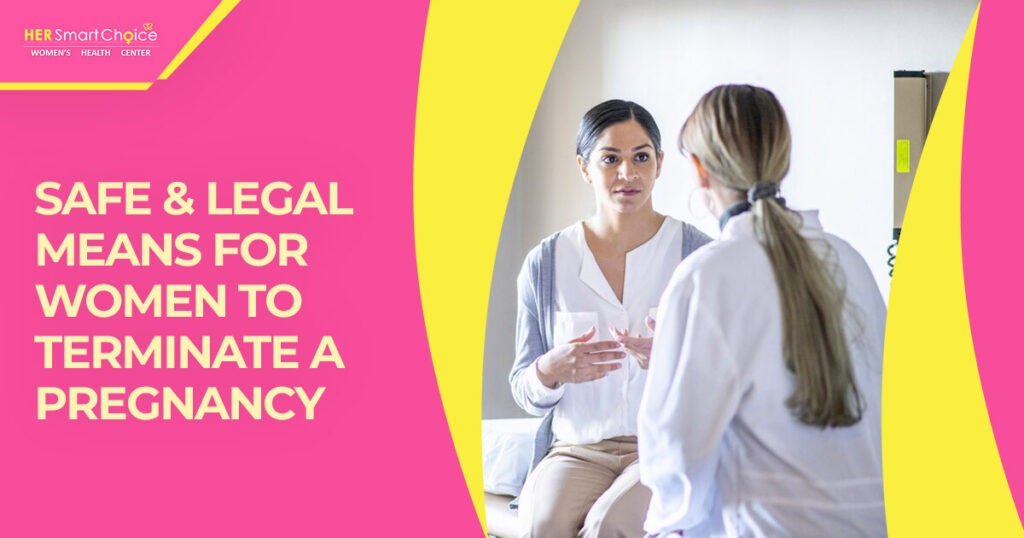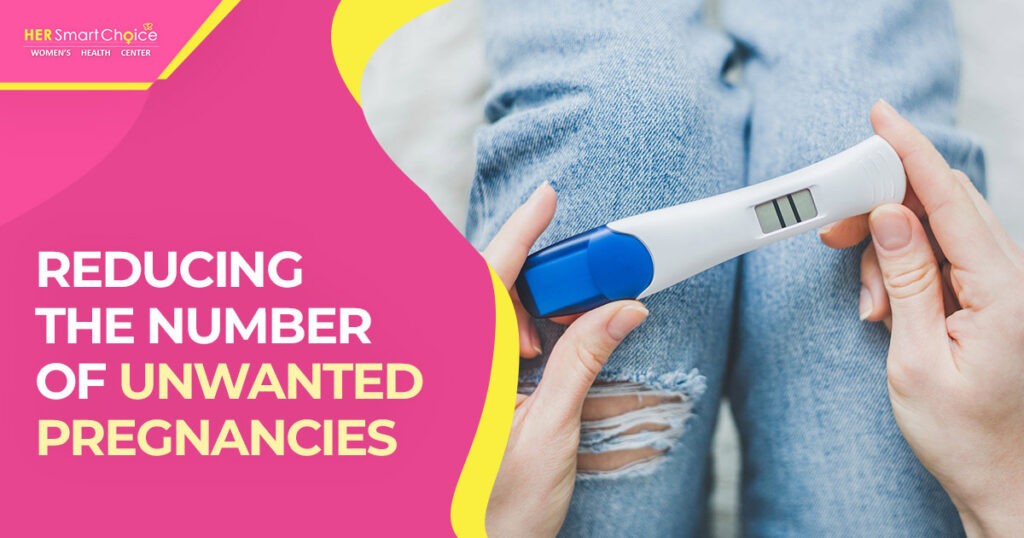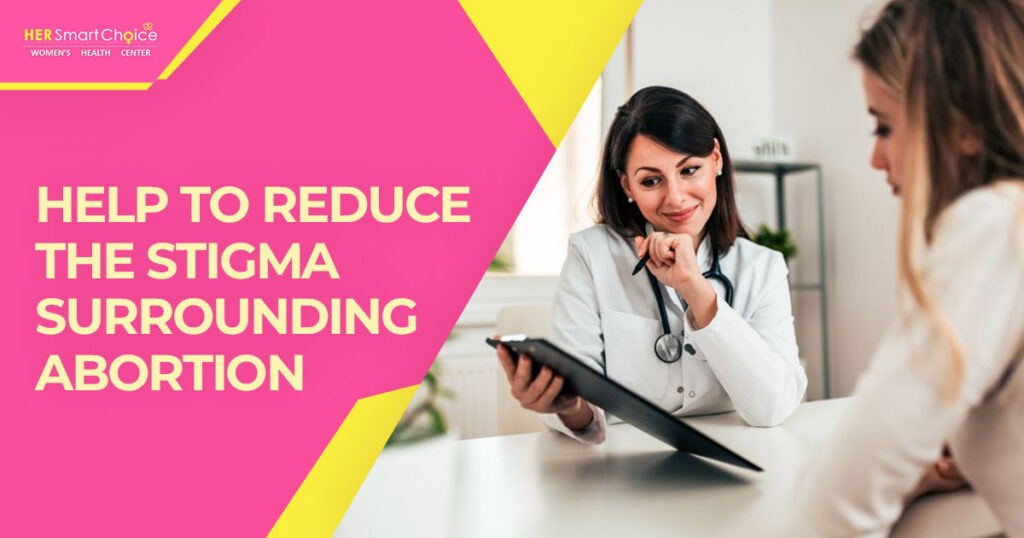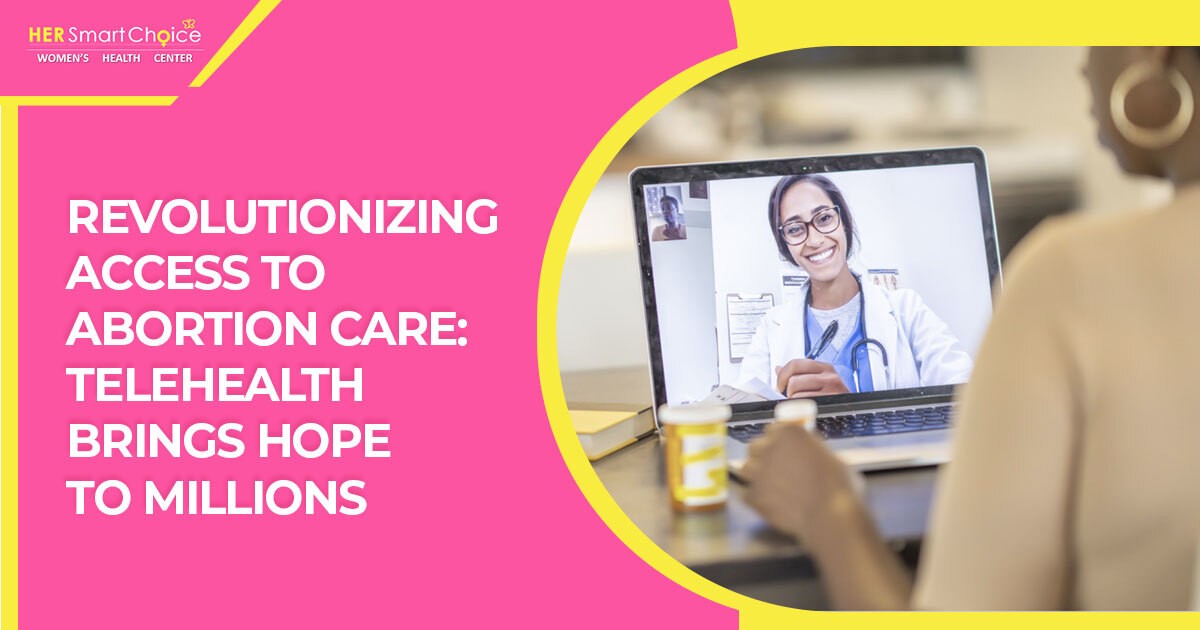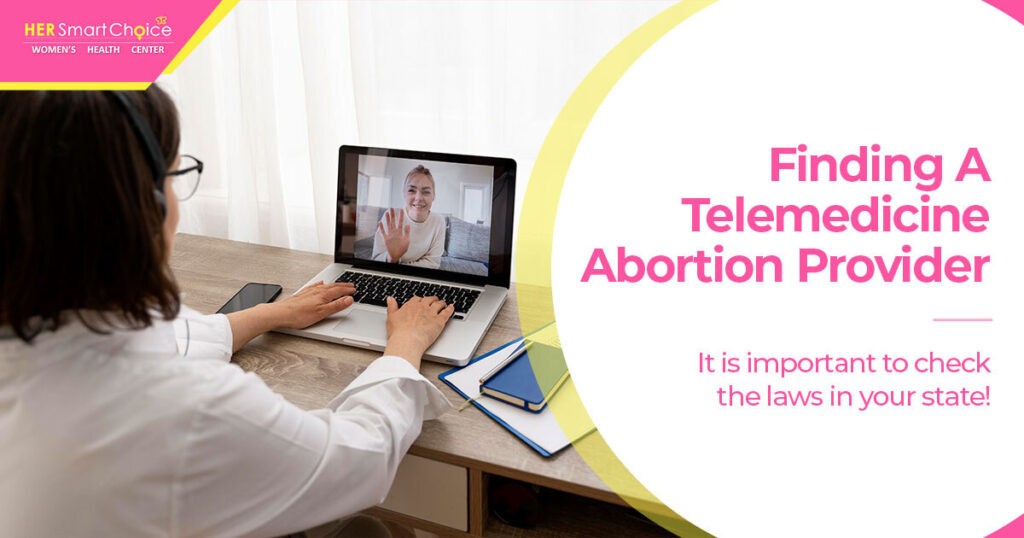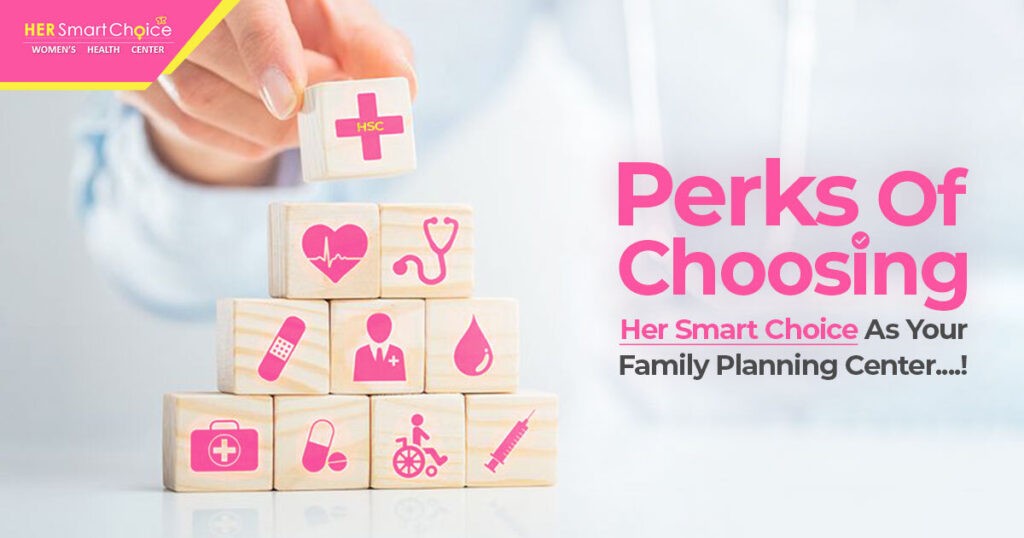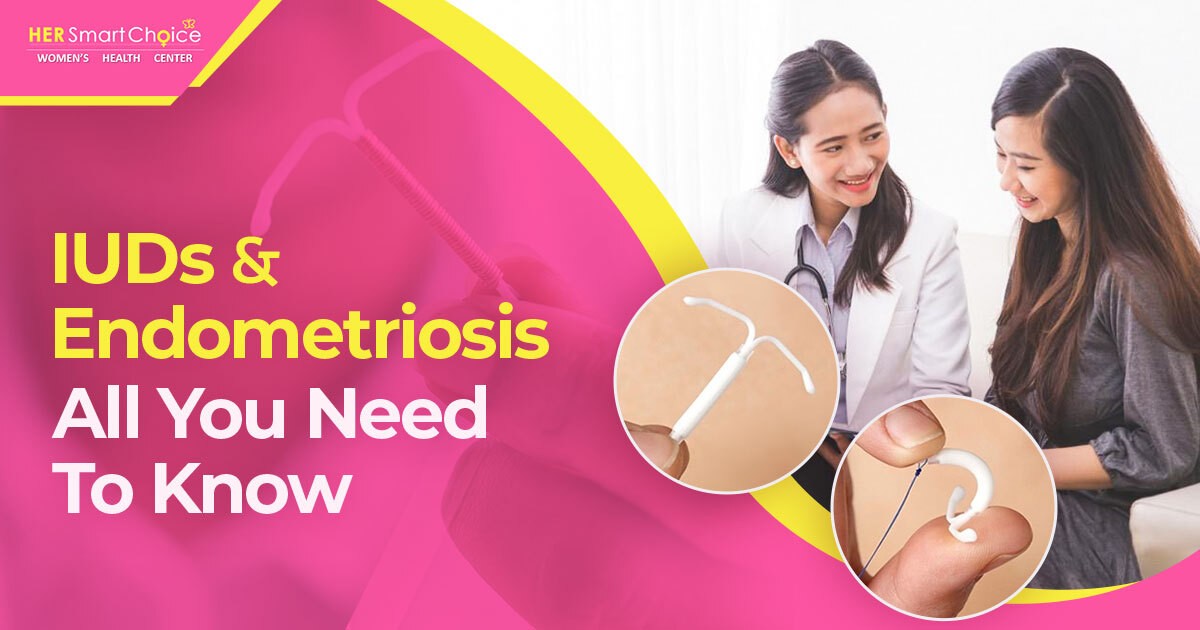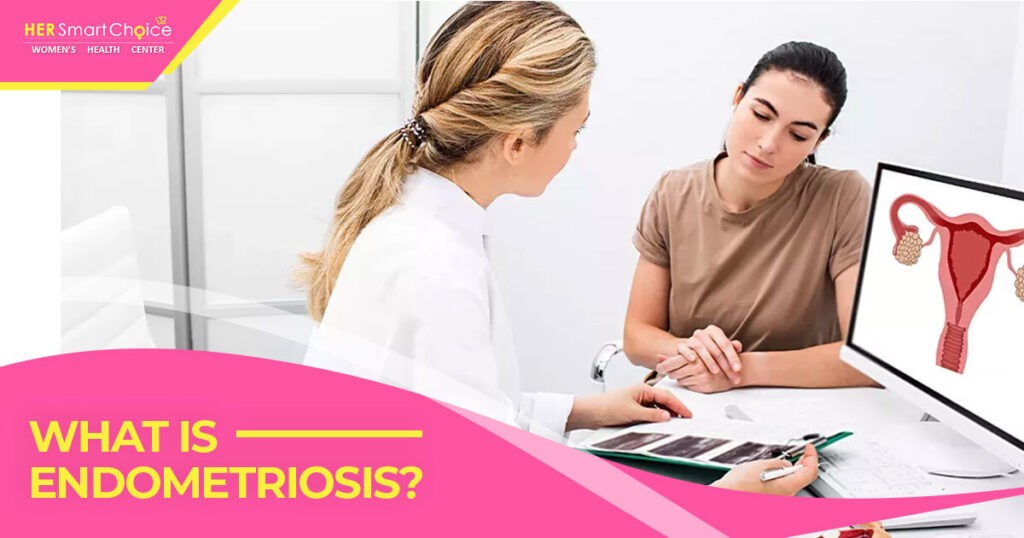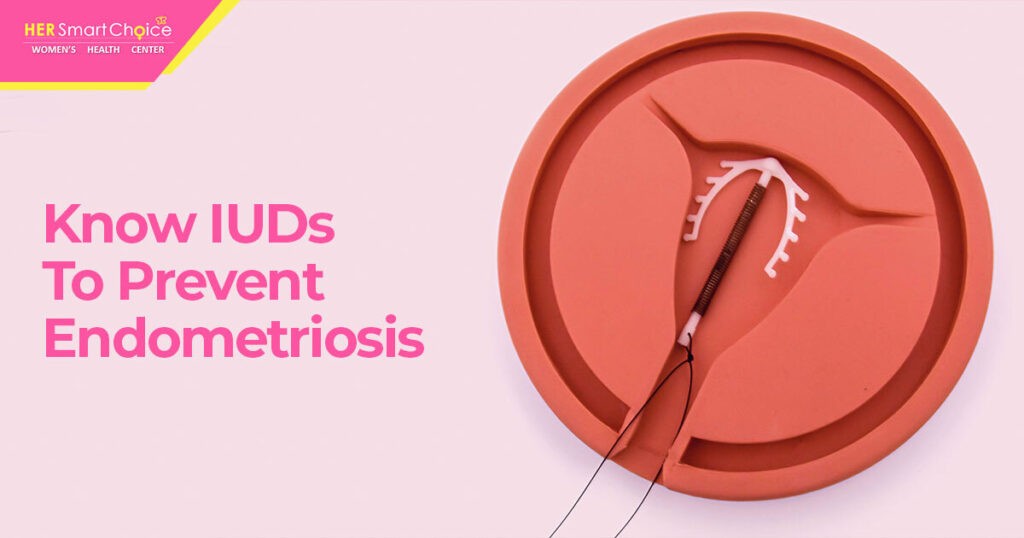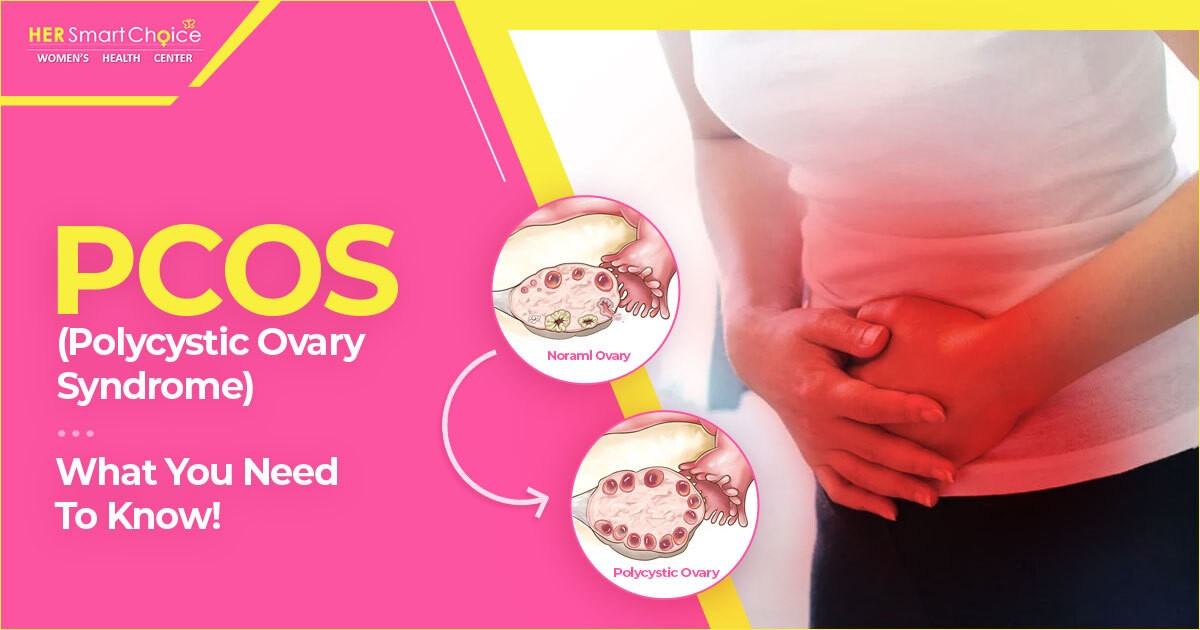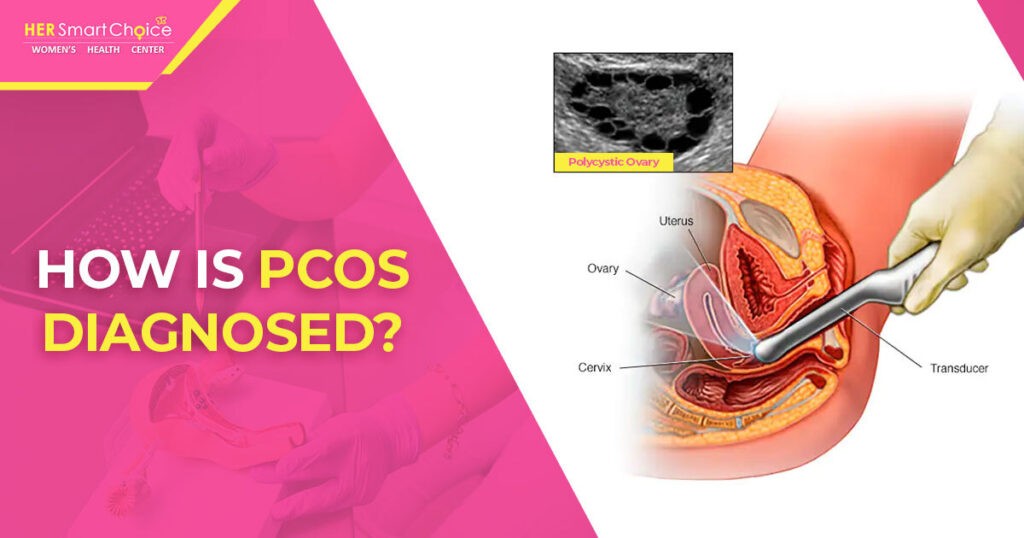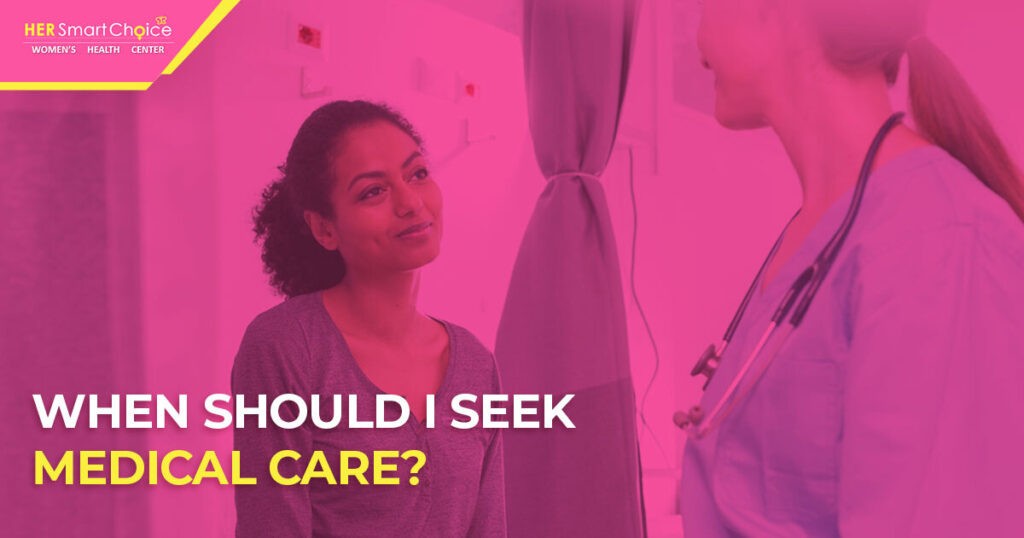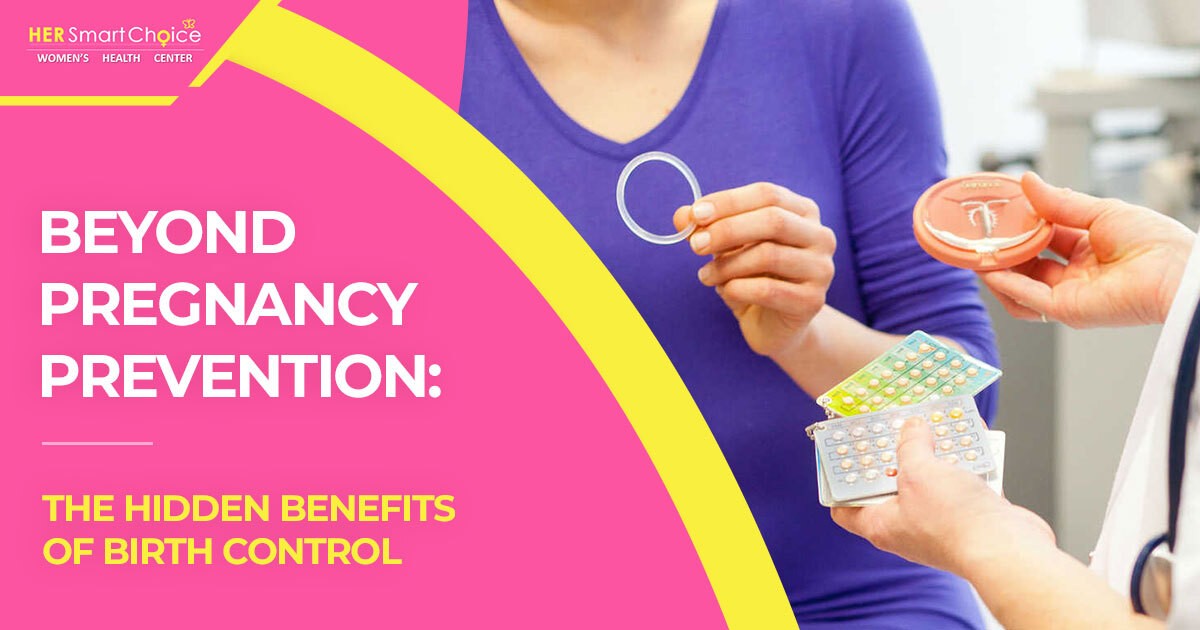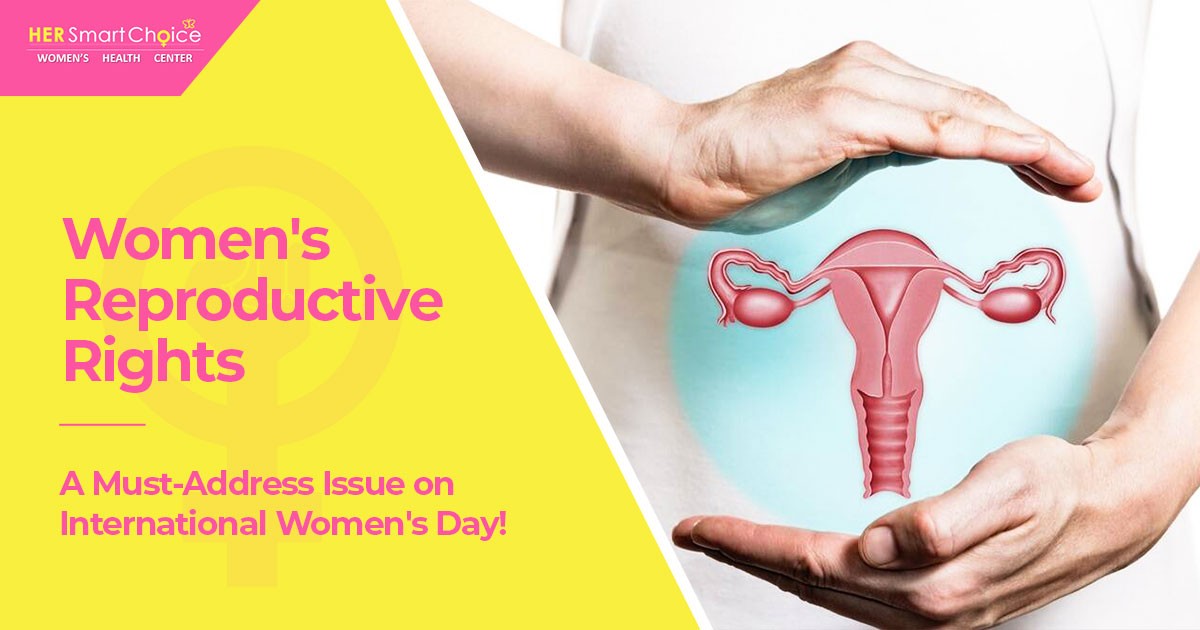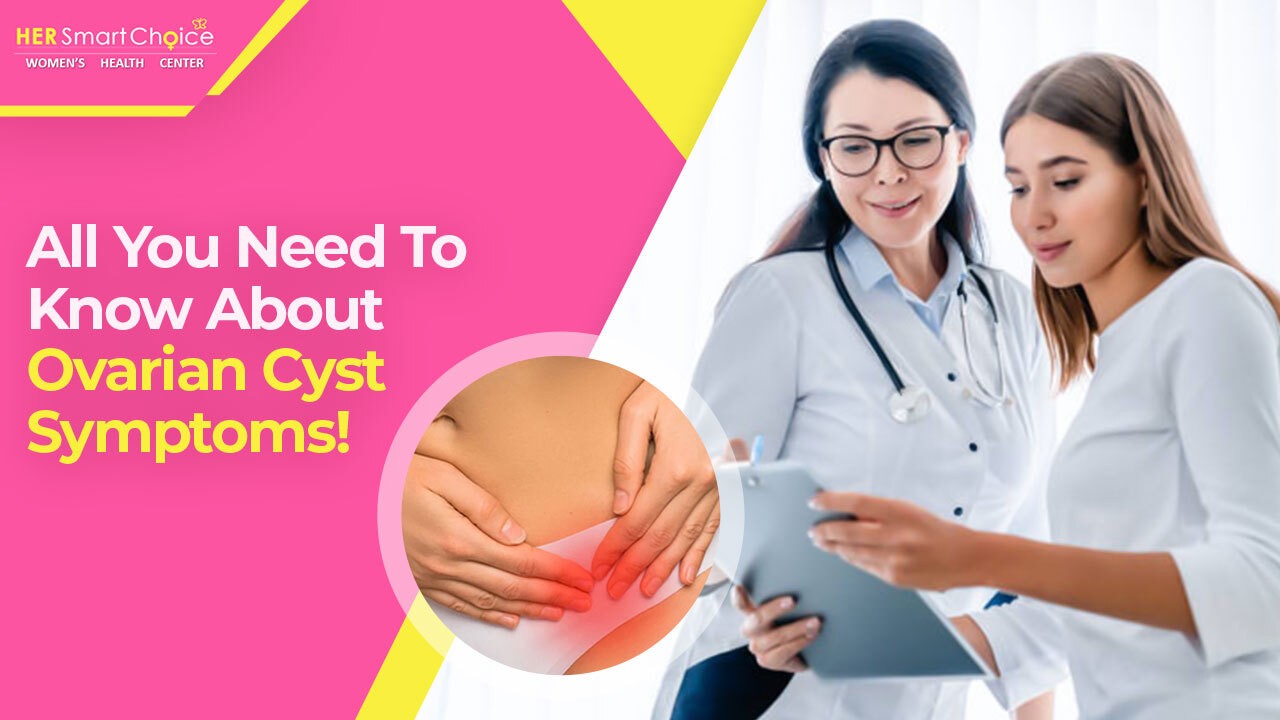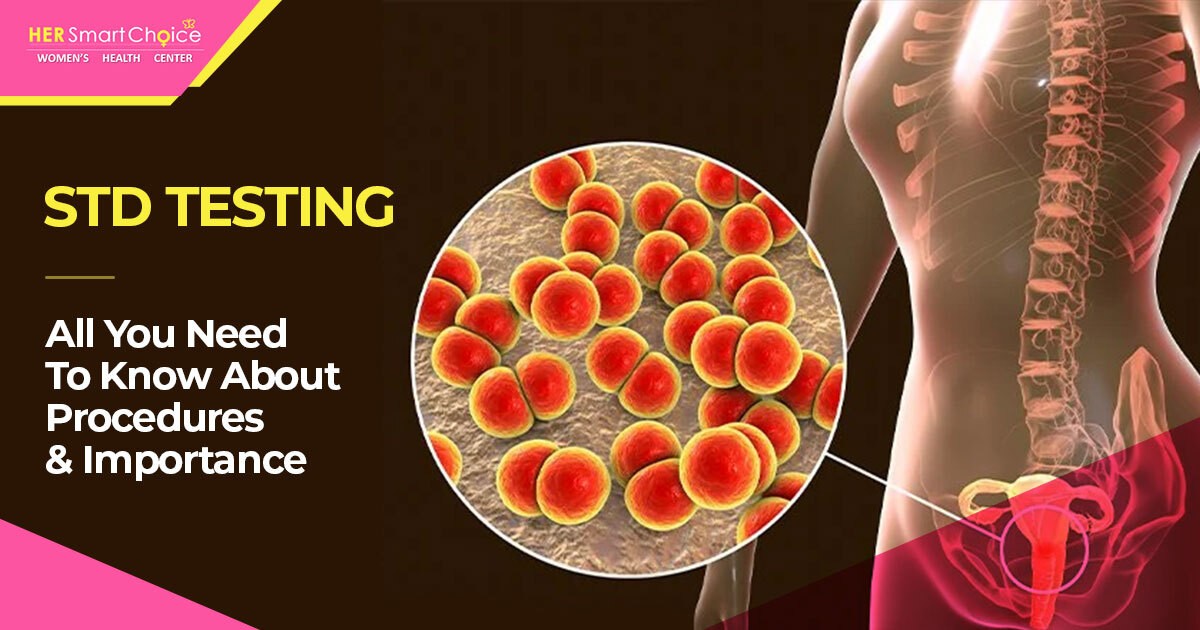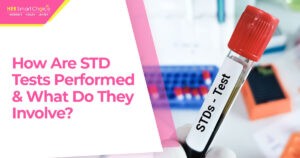The Surprising Connection: Birth Control Choices And Reproductive Health
When it comes to reproductive health, it is essential to understand the connection between birth control and its impact on our health. Birth control and reproductive health go hand-in-hand.
From the various types of birth control available to the potential risks of using them, understanding the link between birth control and reproductive health can help us make informed decisions about our sexual health.
Let’s explore the link between birth control and reproductive health, and what this means for us as individuals.
#1. Preventing unwanted pregnancies

One of the most apparent benefits of birth control is that it helps prevent unwanted pregnancies. Unwanted pregnancies can have a significant impact on an individual’s life, affecting their education, career, and overall quality of life.
By using the right type of birth control, individuals can avoid unwanted pregnancies and focus on their personal and professional goals.
#2. Protecting against sexually transmitted infections (STIs)

Some types of birth control, such as abortion pills California and condoms, can provide protection against sexually transmitted infections (STIs).
STIs can have severe consequences on an individual’s reproductive health, and it is crucial to use protection during sexual activity to prevent the spread of infections.
#3. Regulating menstrual cycles
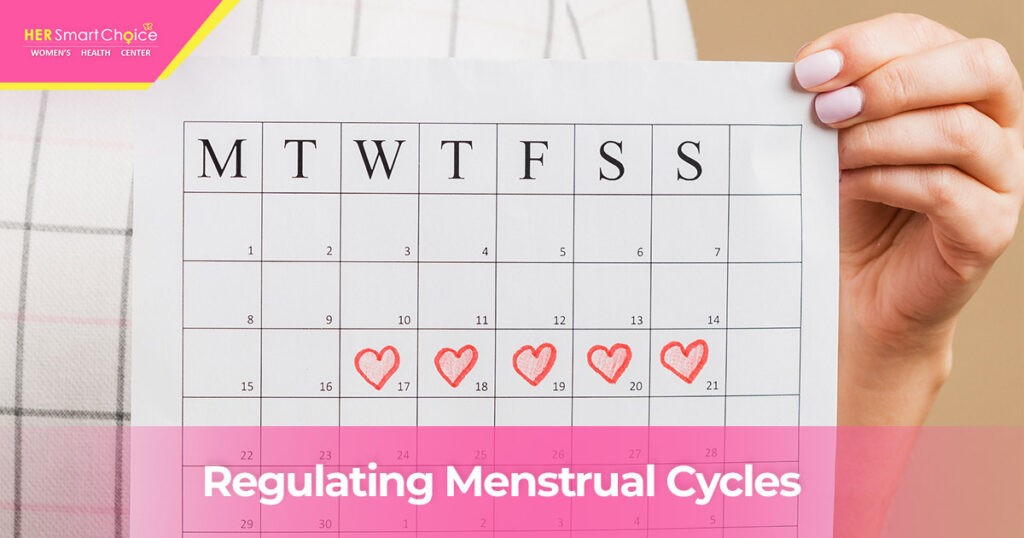
Some types of birth control, such as hormonal birth control, can help regulate menstrual cycles. Irregular menstrual cycles can be a sign of an underlying health condition, and it is essential to address the issue to maintain good reproductive health.
#4. Reducing the risk of ovarian and endometrial cancer

Some types of birth control, such as the birth control pill, can help reduce the risk of ovarian and endometrial cancer.
These types of cancer are prevalent in women, and using the right type of birth control can help prevent them.
#5. Improving overall reproductive health
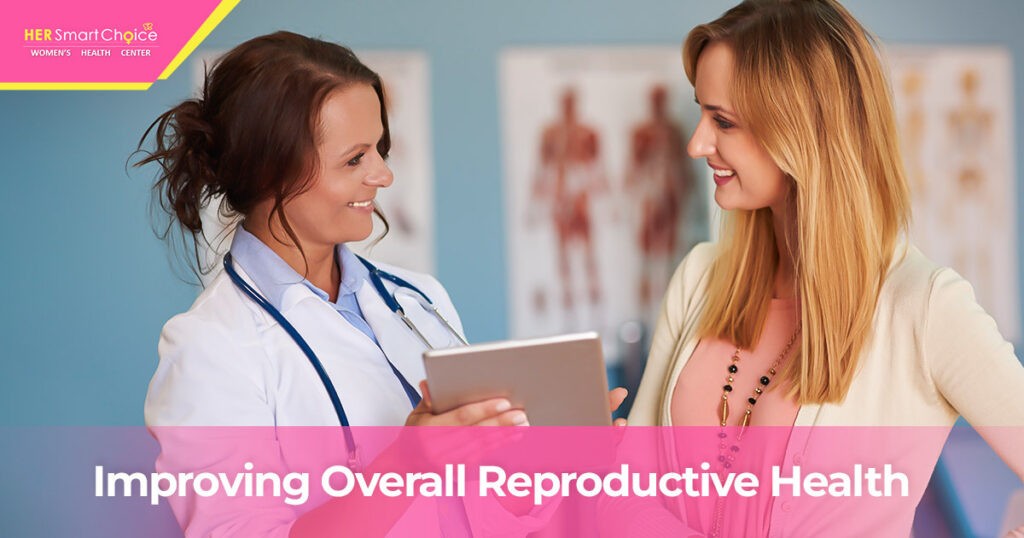
Using the right type of birth control can have a significant impact on overall sexual health. It can help prevent unwanted pregnancies, protect against STIs, regulate menstrual cycles, and reduce the risk of ovarian and endometrial cancer.
All of these factors contribute to good reproductive health, and it is crucial to choose the right type of birth control to maintain it.
Final Thoughts
In the modern era, birth control has enabled women to take greater control of their reproductive health, leading to an overall decrease in unplanned pregnancies, increased access to reproductive health care and services, and improved maternal and child health outcomes.
It’s important to carefully consider your birth control options, as they can have a significant impact on your reproductive health. While hormonal birth control may offer some benefits, it also comes with potential risks and side effects. It is also crucial to weigh the pros and cons and consult with your nearby abortion clinic to make an informed decision. Maintaining open communication with your partner and practicing safe sex can also play a role in promoting reproductive health.

